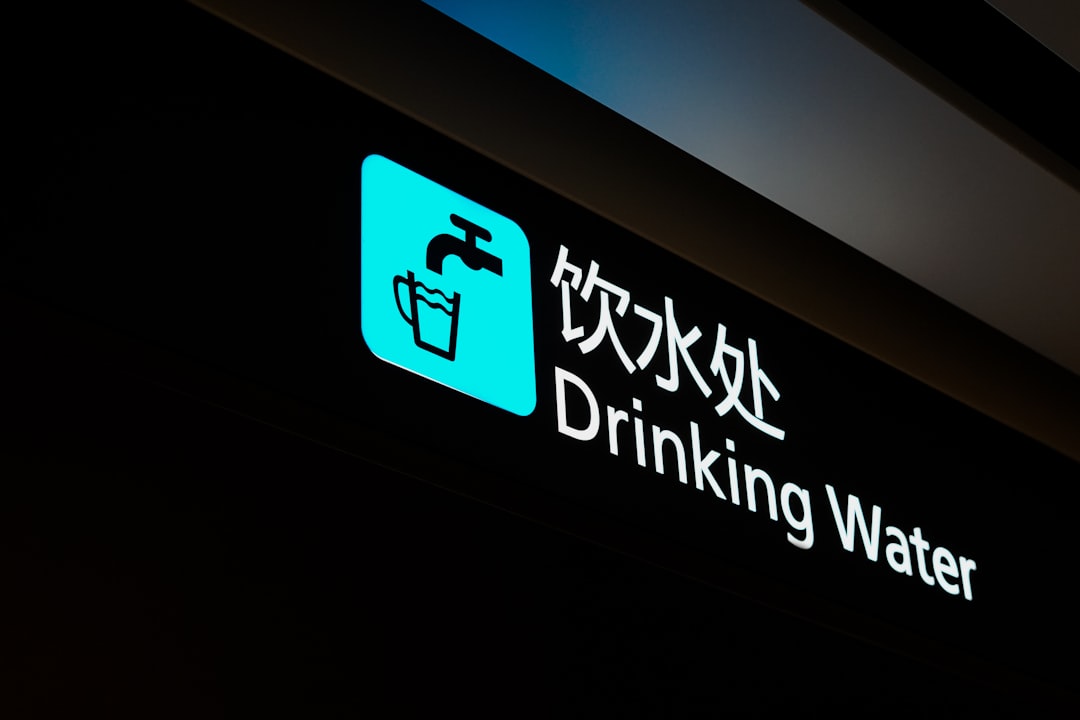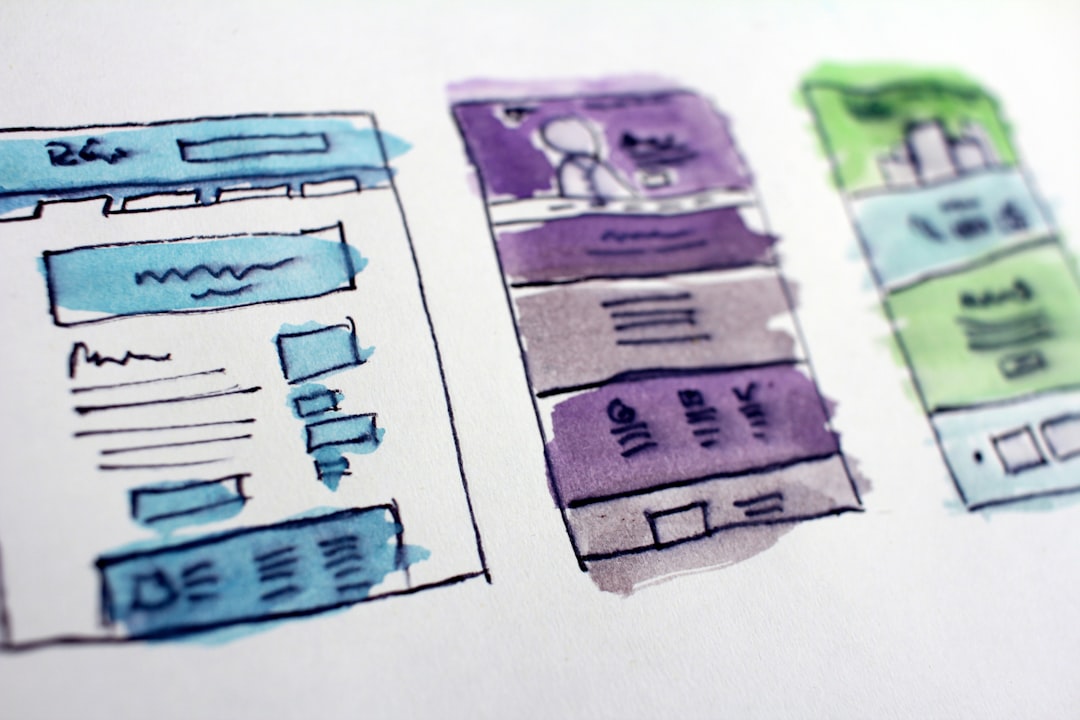Table of Contents
- Introduction
- Understand your audience: **Research** your target demographic to craft subject lines that resonate with them.
- Create a sense of urgency: Use **powerful words** that prompt immediate action from the reader.
- Personalization is key: **Tailor subject lines** to include the recipient’s name or other personalized information.
- Keep it concise: **Short and intriguing** subject lines have higher open rates.
- Use A/B testing: **Experiment with different** subject lines to see what works best for your audience.
- Avoid spam triggers: **Steer clear of** spammy words or phrases that could land your email in the junk folder.
- Include a call to action: **Encourage engagement** by prompting readers to take a specific action.
- Test and optimize: **Continuously test and refine** your subject lines based on performance data.
- Conclusion
- Frequently Asked Questions
Introduction
Are your email campaigns not getting the attention they deserve? Crafting the perfect subject line is the key to grabbing your audience’s interest and increasing click-through rates.
Unleash the Power of Email: How to Craft Irresistible Subject Lines That Guarantee Clicks! will take you on a journey to unlock the secrets of compelling subject lines that will make your emails stand out in crowded inboxes.
Join us as we explore the art of email marketing and learn how to captivate your readers from the moment they see your email amidst a sea of others. From personalization to creativity, we will dive deep into strategies that will make your emails impossible to ignore.
Understand your audience: **Research** your target demographic to craft subject lines that resonate with them.
Understand your audience: Research your target demographic to craft subject lines that resonate with them.
Create a sense of urgency: Use **powerful words** that prompt immediate action from the reader.
Create a sense of urgency: Use powerful words that prompt immediate action from the reader.
When crafting email subject lines, using powerful and compelling words can create a sense of urgency that encourages the reader to act swiftly. Words like ‘urgent,’ ‘limited time,’ ‘act now,’ or ‘don’t miss out’ can instill a fear of missing out (FOMO) and drive the reader to open the email promptly. These powerful words trigger an emotional response and make the reader feel the need to take immediate action, increasing the chances of them engaging with the email content. However, it’s essential to use these powerful words judiciously to maintain credibility and not come across as spammy. By incorporating such words strategically, you can capture the reader’s attention and compel them to open and act on your email.
Personalization is key: **Tailor subject lines** to include the recipient’s name or other personalized information.
Personalization is key: Tailor subject lines to include the recipient’s name or other personalized information.
When recipients see their name or personal details in the subject line, it creates a sense of connection and relevance, making them more likely to open the email. This level of personalization can grab attention and increase the chances of engagement. It shows that the email is specifically for them, not just a generic message. However, it’s essential to ensure that the personalization is accurate and respectful. Avoid using incorrect names or information as this can have the opposite effect and lead to distrust. Personalizing subject lines can be done using data from the recipient’s profile, previous interactions with the brand, or segmentation based on preferences or behavior. Testing different personalized elements can help determine what resonates best with the audience and improves email open rates and overall effectiveness.
Keep it concise: **Short and intriguing** subject lines have higher open rates.
Keep it concise: Short and intriguing subject lines have higher open rates.
Use A/B testing: **Experiment with different** subject lines to see what works best for your audience.
Use A/B testing: Experiment with different subject lines to see what works best for your audience.
Avoid spam triggers: **Steer clear of** spammy words or phrases that could land your email in the junk folder.
Avoid spam triggers: Steer clear of spammy words or phrases that could land your email in the junk folder.
Include a call to action: **Encourage engagement** by prompting readers to take a specific action.
Include a call to action: Encourage engagement by prompting readers to take a specific action.
Test and optimize: **Continuously test and refine** your subject lines based on performance data.
Test and optimize: Continuously test and refine your subject lines based on performance data.
Conclusion
When it comes to crafting email subject lines, it is crucial to understand your audience and tailor your approach accordingly. Researching your target demographic, creating a sense of urgency, and personalizing subject lines can significantly improve engagement rates and click-through outcomes. Keeping subject lines short and impactful, along with experimenting with different strategies through A/B testing, is essential for optimizing performance. It is key to avoid spam triggers and include a compelling call to action to encourage reader engagement. Commit to continuous testing and refinement based on performance data to enhance your email subject lines further. By following these guidelines and leveraging the power of emotive words strategically, you can unleash the full potential of email marketing to drive action and maximize results.










